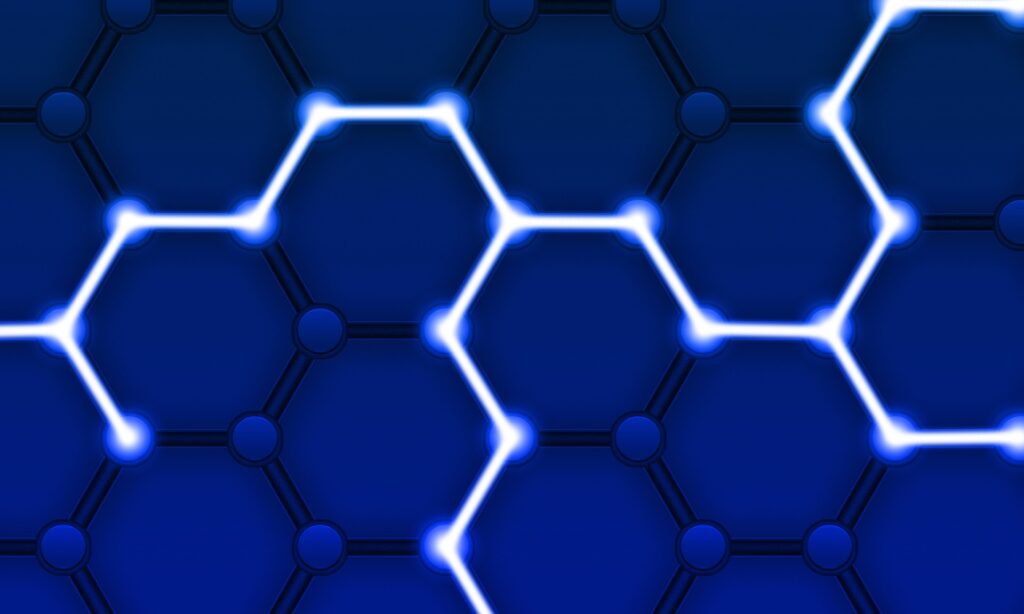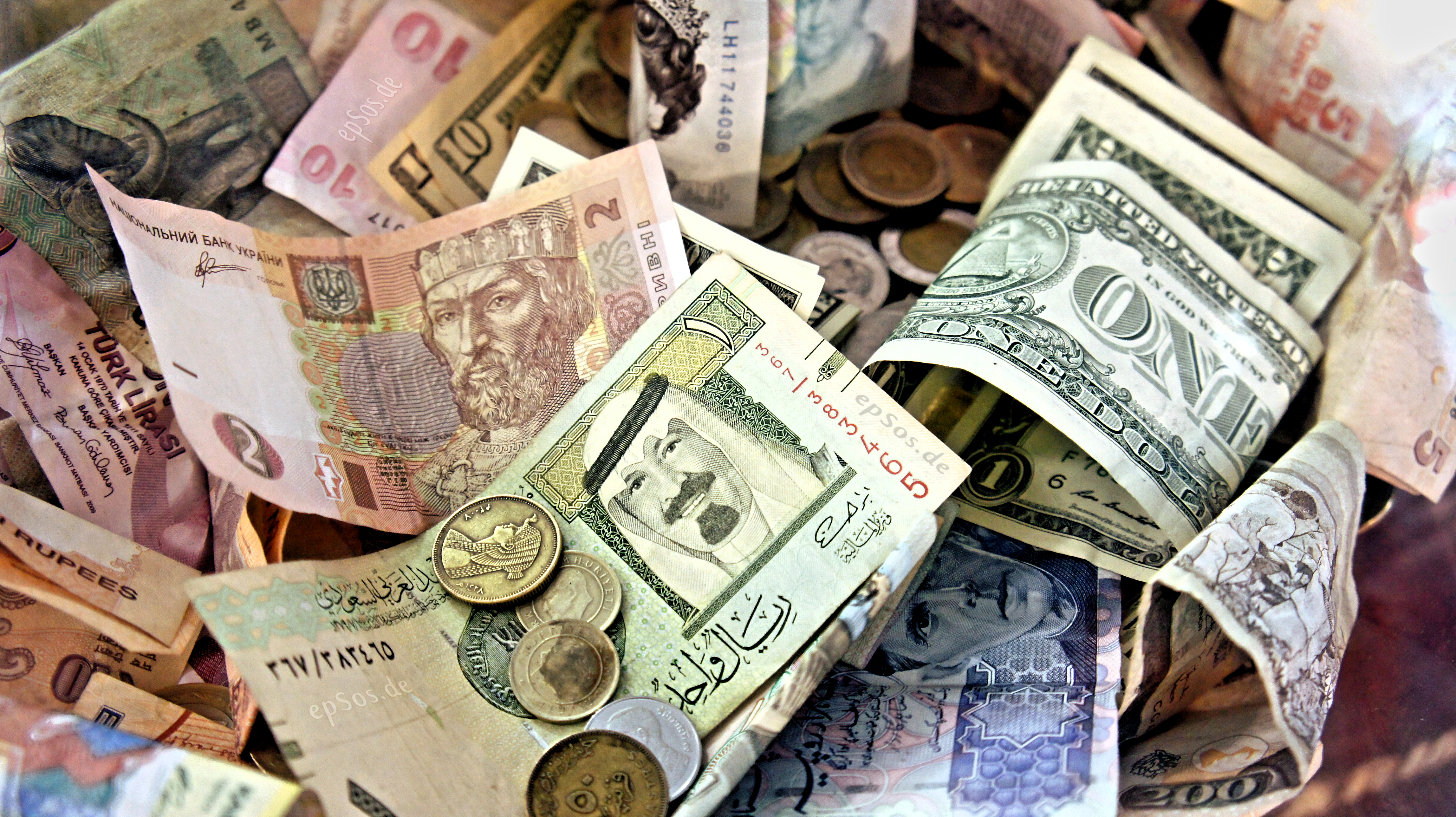
Many blockchains exist for many reasons, but none are built for the purpose of discerning physical fact from digital fiction. Where other industries use blockchain to correct their flaws, a blockchain of engineers and scientists can amplify their superpowers. Our ability to leverage truth may be the most powerful tool available to shift political priorities toward resolving our most pressing Global challenges.
For almost a decade, we have been writing about how four important aspects of blockchain technology could create thousands of times more value if applied to the engineering and scientific professions rather than the financial industry. We have also been amazed by the early ambivalence, reluctance, and often visceral resistance among some professional engineering societies, educational institutions, and engineering enterprise leaders, toward this technology.
Engineers and scientists need to reorganize ourselves fast if we are to have any expectation of pulling out of our flaming planetary tailspin of social, monetary, and ecological unrest.
The Thing That Happened.
Blockchain blew onto the scene with the Bitcoin white paper published in 2008. This technology was coincident with the 2008 financial crisis which had exposed near-fatal structural vulnerabilities in our financial system — going so far as to suggest a new form of currency could be developed. Blockchain introduced the idea of immutability to the financial system where laws had failed, thus code as law became the mantra.
An essential part of this arrangement is that there must be no overarching organization that can act against the consensus of the entire community and alter any transaction after the fact. This is broadly called “decentralization”. This puts many financial transactions at odds with governments who enforce laws (i.e., law is law). That struggle continues.
1. Immutability is our superpower.
Unlike the financial industries, engineers and scientist are abundantly familiar with immutability. You can’t return the lumber to the forest. An airplane can’t be un-crashed. You can’t un-pour concrete. In fact, all scientific processes are irreversible – that is what entropy is all about. In effect, blockchain would be far better suited to represent the immutability of the underlying asset rather than the flimsy paper that represents said asset. This makes more sense.
2. Engineers and Scientists are Already Decentralized.
Earlier, I complained about about resistance by the engineering institutions. What if this flaw is actually a feature? The experience taught us that there is no singular engineering or scientific authority that can sufficiently control or enforce its will on any of the others. Rather, we found engineers and scientists to be sequestered behind a multitude of organizational silos such as corporations, professional societies, ontologies, jurisdiction, national boundaries, academic titles, etc. Even if they wanted to change, they could not find each other to do so. It is no wonder that intellectual capital is called “Intangible” on a corporate balance sheet. In effect, the engineering and scientific professions are already decentralized. All we need to do is measure ourselves into a “tangible” existence.
3. Widespread Consensus Already Exists.
There is likely no greater consensus in human civilization than the laws of Nature. Every Noun on Earth is subject to these laws without exception. The scientific method, considered the greatest innovation in human history, provides us with a means to update, modify, correct, and replace old consensus with renewed consensus. Everything else can be expressed as the probability that a consensus exists. The scientific method is able to defend against failures in a manner not unlike the Byzantine General’s problem upon which much cryptography is based.
4. A Stable and Convertible Token
Money represents productivity as measured by Gross Domestic Product. Dollars represent American productivity, Yen represent Japanese productivity, etc. Yet nearly 80% of all increases in GDP can be attributed to technological change. This is the domain of engineers and scientists. Therefore, a token representing engineering and scientific productivity also directly represents GDP. In other words, we can print money.
Here’s the Good News
Blockchain technology was invented by engineers as a direct analogy of the engineering process – not finance. This is actually very good news because nobody controls a monopoly on intellectual capital which must be fought, beaten, and dismantled in order for engineers and scientists to reorganize. Engineers and scientists can build their own blockchain that represents their work-product and govern the presentation of physical fact over digital fiction. Engineers can exist with out Blockchain but blockchain can’t exist without engineers. This is a game we can easily win.
A Blockchain Of Engineers and Scientists
Financial products are fictitious representations of real things and therefore easily manipulated into many forms while the asset that they represent remains physically unchanged (suitably called “hypothecation”). There exists a powerful technology that is abundant and cheap and that can directly express physical fact as a monetary unit rather than financial fiction.
If we work together, global engineers and scientists can simply walk onto the economic landscape unchallenged to begin altering the development priorities for the World. No kidding. Again, there is nothing standing in our way, except our own unwillingness to change. This may be the most important opportunities that has ever been presented to the Sciences.
Please, let’s not squander it.
Please read this important paper:
The Innovation Bank and the Decentralization of The Engineering and Scientific Professions
Blockchain Is Better for Engineering. Global Engineers and Scientists must adopt Blockchain Technology to directly enforce physical fact over financial fiction.
25


